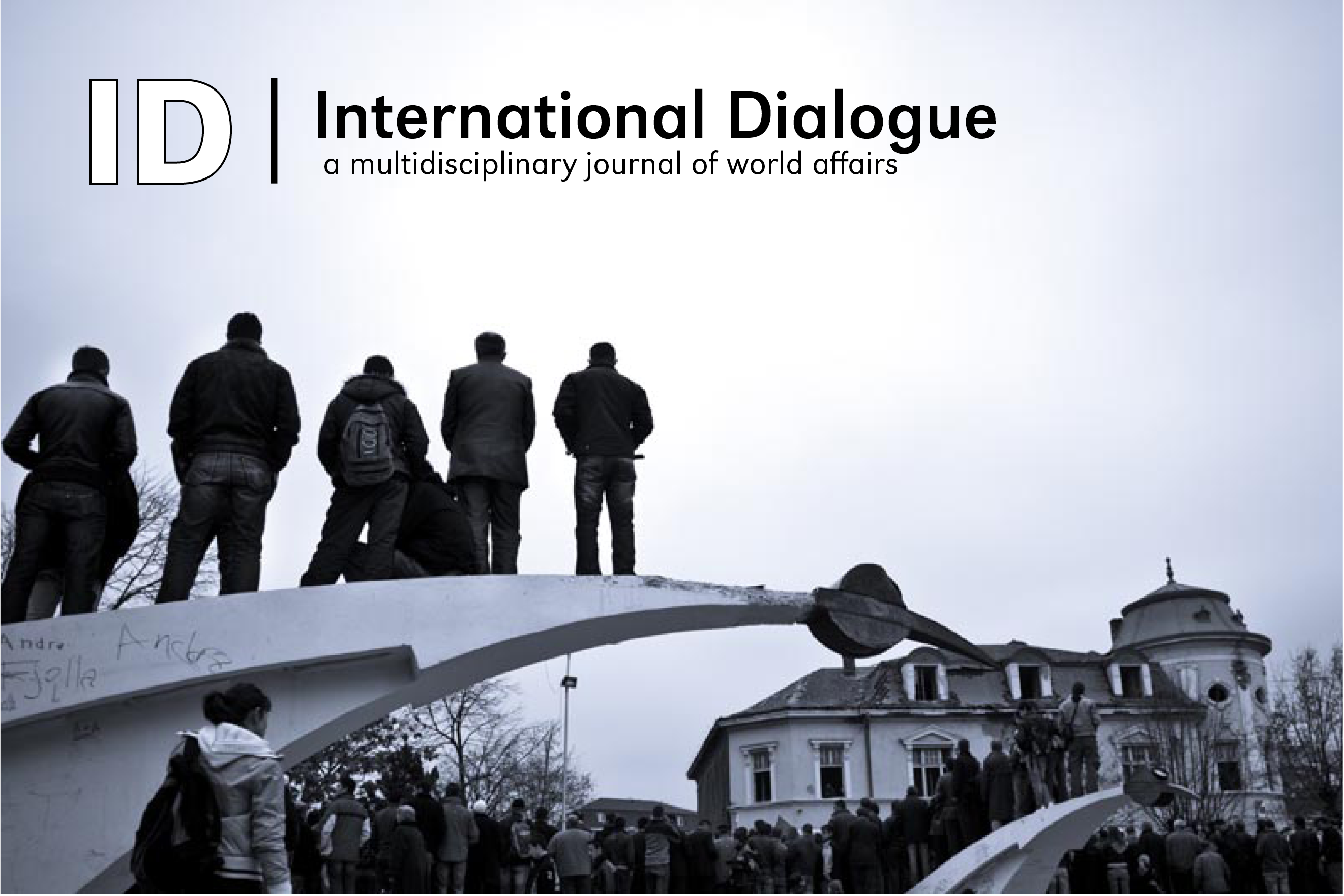International Dialogue

Abstract
In this review essay, I will engage with some critical issues raised by Nimrod Luz in his recent book, The Politics of Sacred Places: A View From Israel-Palestine. This is a follow up to earlier articles that I have written for ID: International Dialogue and elsewhere related to holy sites as well as pilgrimage to, from, and within what is commonly known in the Western Christian world for the last one thousand years as the “Holy Land.” 1 It is also a companion piece to a recent review I have written of Marshall J. Breger and Leonard M. Hammer’s landmark publication The Contest and Control of Jerusalem’s Holy Sites: A Historical Guide to Legality, Status, and Ownership. 2 The main focus of this essay is Luz’s description of the ethnocratization—specifically, Judaization—of Israel-Palestine and its religious sites since 1948 and an evaluation of where things stand now in this process. By “Israel-Palestine,” in this book Luz mostly refers to locations in the present State of Israel as well as in occupied and annexed East Jerusalem (the al-Aqsa compound). The designation is also used in a historical sense, referring to places in the State of Israel and the time before the country existed. He does not, in this publication, specifically address the politics surrounding religious space in cities like Hebron, Nablus, and Bethlehem on the West Bank.
Creative Commons License

This work is licensed under a Creative Commons Attribution 4.0 License.
Recommended Citation
Hutt, Curtis
(2024)
"Ethnocratizing the “Holy Land” The Politics of Sacred Places: A View from Israel-Palestine Nimrod Luz. London, New York and Dublin: Bloomsbury Academic, 2023. pp. 223.,"
International Dialogue: Vol. 14, Article 5.
DOI: https://doi.org/10.32873/uno.dc.ID.14.01.1213
Available at:
https://digitalcommons.unomaha.edu/id-journal/vol14/iss1/5
Files over 3MB may be slow to open. For best results, right-click and select "save as..."
Included in
Ethics and Political Philosophy Commons, International and Area Studies Commons, International and Intercultural Communication Commons, International Relations Commons, Political Theory Commons
